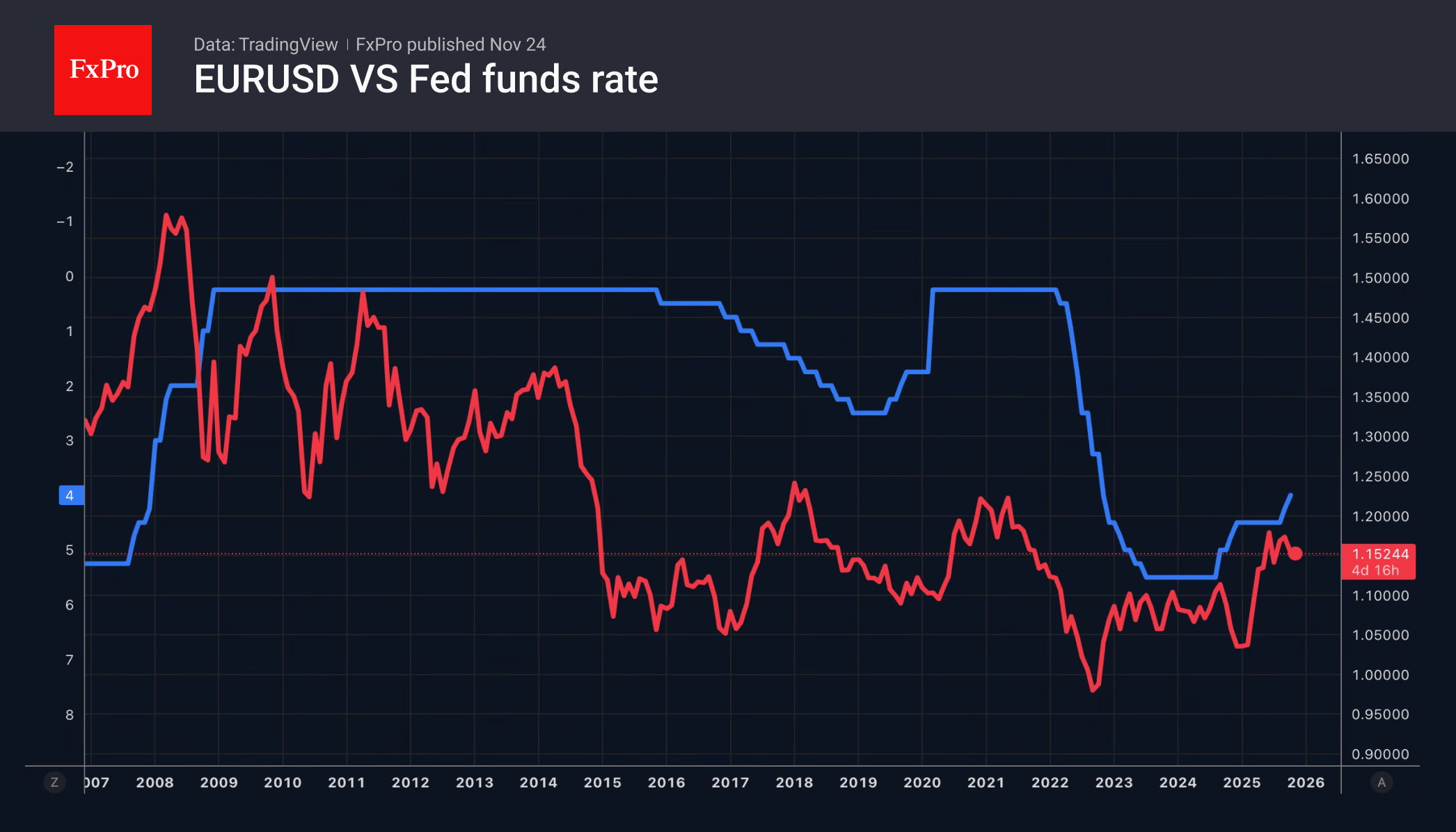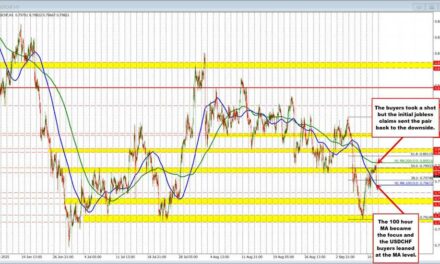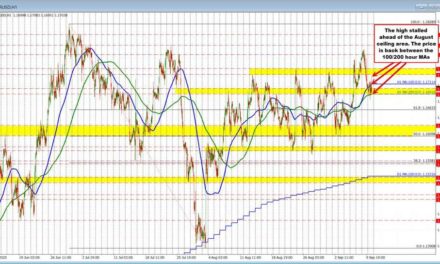- The eurozone economy is stable, and Ukraine’s de-escalation is helping EURUSD.
- The Fed may still cut rates in December, and Japan has announced fiscal stimulus measures.
As ECB President Christine Lagarde said, Europe’s vulnerabilities are linked to a growth model focused on a world that is gradually disappearing. The Ukrainian military conflict and trade wars have worked against the euro. However, there are positive developments in both areas, allowing us to look to the future of the regional currency with optimism.
The latest statistics on European business activity indicate the eurozone’s resilience to tariffs, and there are signs of accelerating GDP growth in the final quarter of the year. In 2026, Germany’s fiscal stimulus and EU defence spending are expected to support the economy. The markets see the plan presented by the US and Russia as a step forward towards ending the war in Ukraine, which supports hopes for a recovery in the EURUSD uptrend.
The picture is different in the US. The lack of data makes it hard to be sure about the future. A leading indicator from the Federal Reserve Bank of Atlanta signals an acceleration in GDP from 3.8% to 4.2% in the third quarter. Experts at the Wall Street Journal say it will slow to 3%. However, due to the shutdown, high tariffs, and the White House’s anti-immigration policy, fourth-quarter figures may deteriorate sharply.
Unsurprisingly, New York Fed President John Williams argues that the federal funds rate could be cut in the near future. The futures market reacted by increasing the chances of monetary policy easing in December to 71% from a modest 28% after the publication of the minutes of the October FOMC meeting.

The return of the topic of rate cuts has dealt a blow to the dollar. EURUSD is rushing into battle, and even USDJPY has fallen below key support at 156.7. The principle of ‘buy the rumour, sell the fact’ has come to the aid of the bears. For a long time, the pair rose on expectations of fiscal stimulus from Sanae Takaichi. The stimulus package amounted to ¥17.7 trillion, which was more than the ¥14-15 trillion expected by investment banks. However, this figure was enough for investors to begin taking profits on their short yen positions.
The FxPro Analyst Team







